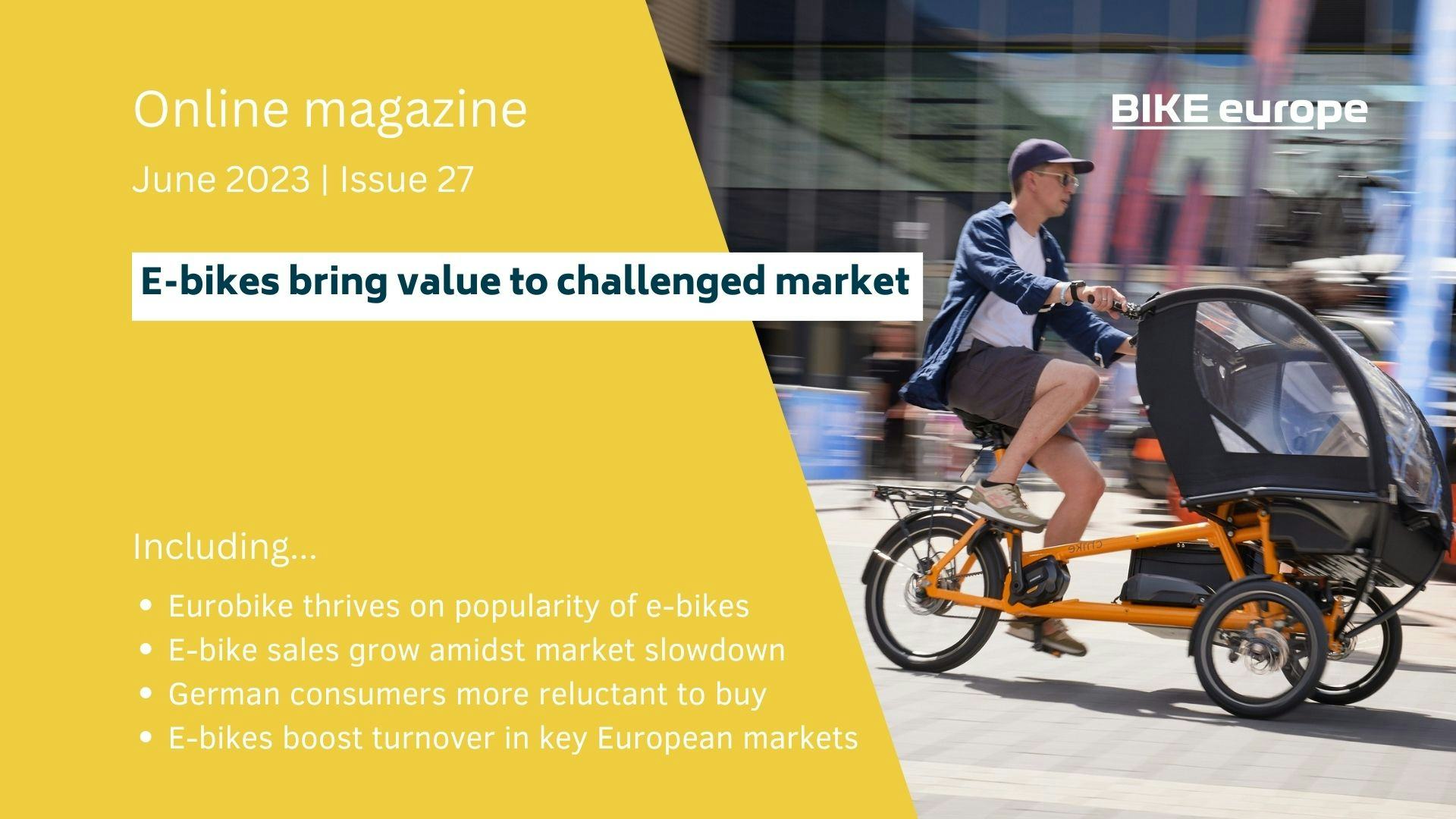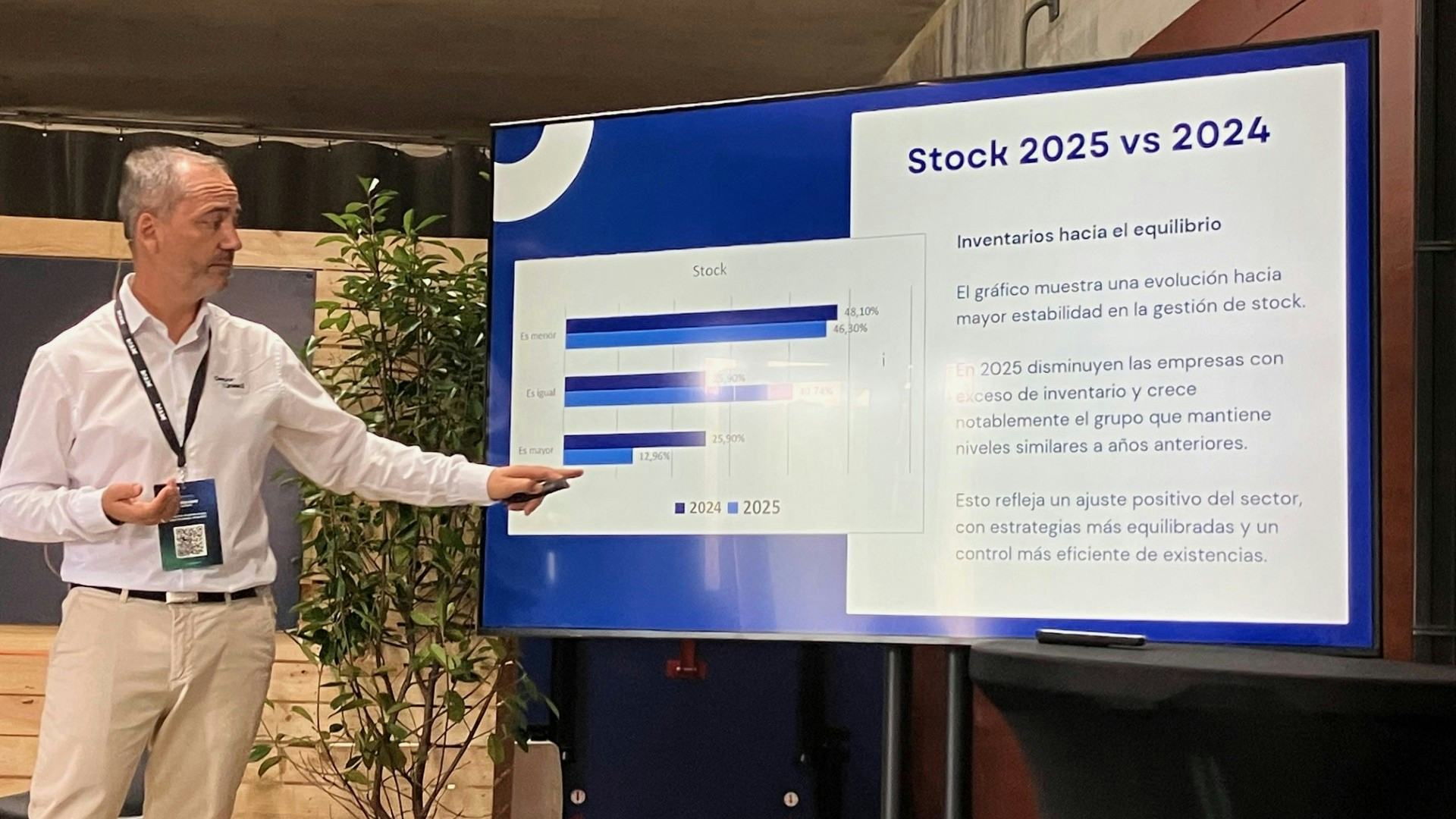Highlights in this latest online magazine (Issue 27 | June 2023) include:
- Eurobike thrives on popularity of e-bikes
- E-bike sales grow amidst market slowdown
- German consumers more reluctant to buy
- E-bikes boost turnover in key European markets

The European bicycle market ended up in the inevitable correction phase after the corona related sales boom. It goes without saying that this situation was expected, the question was only, when? While 2022 sales are lower than 2021 throughout Europe's main markets, the e-bike continues to drive the market. What's happening? This Online Magazine examines the market developments in 2022 and the impact this has on product developments expected at Eurobike.
Highlights in this latest online magazine (Issue 27 | June 2023) include:
DAHON

DAHON

Bafang


GIRONA, Spain - The Spanish bicycle industry is facing 2025 with moderate optimism. 38.9% of companies have reported increased turnover in the first half of the year, while only 25.9% reported declines, according to the results of AMBE's second bicycle sector barometer, presented at Sea Otter Europe. Additionally, a new €20 million government subsidy has been secured to boost e-bike sales in the country.

ROOSENDAAL, the Netherlands - In Q2, from April to June, the Dutch bicycle market turnover rate rose significantly, averaging around 10% per month, according to figures from national consultancy group H&L Benchmark Group. This translates to 7.7% turnover growth for the first half of 2025, compared to the same period last year. In addition, about half of the H&L Benchmark Group is seeing a further reduction in excessive inventory.

DHAKA, Bangladesh - The bicycle industry in Bangladesh is quickly recovering from a major slump in exports. In the last fiscal year from 1 July 2024 to 30 June 2025, the export value of bicycles increased by 41% from $83 million (€71.9 million) in 2023/2024 to $117 million (€101.3 million) last year. This data was released recently by the country's Export Promotion Bureau.

PHNOM PENH, Cambodia - Together, the five bicycle factories in Cambodia, which all located close to the border with Vietnam, have seen a revival of their export business in the first half of this year. Production had diminished in the past years due to the excess inventory in Europe and the US, in combination with the supply chain constraints.

